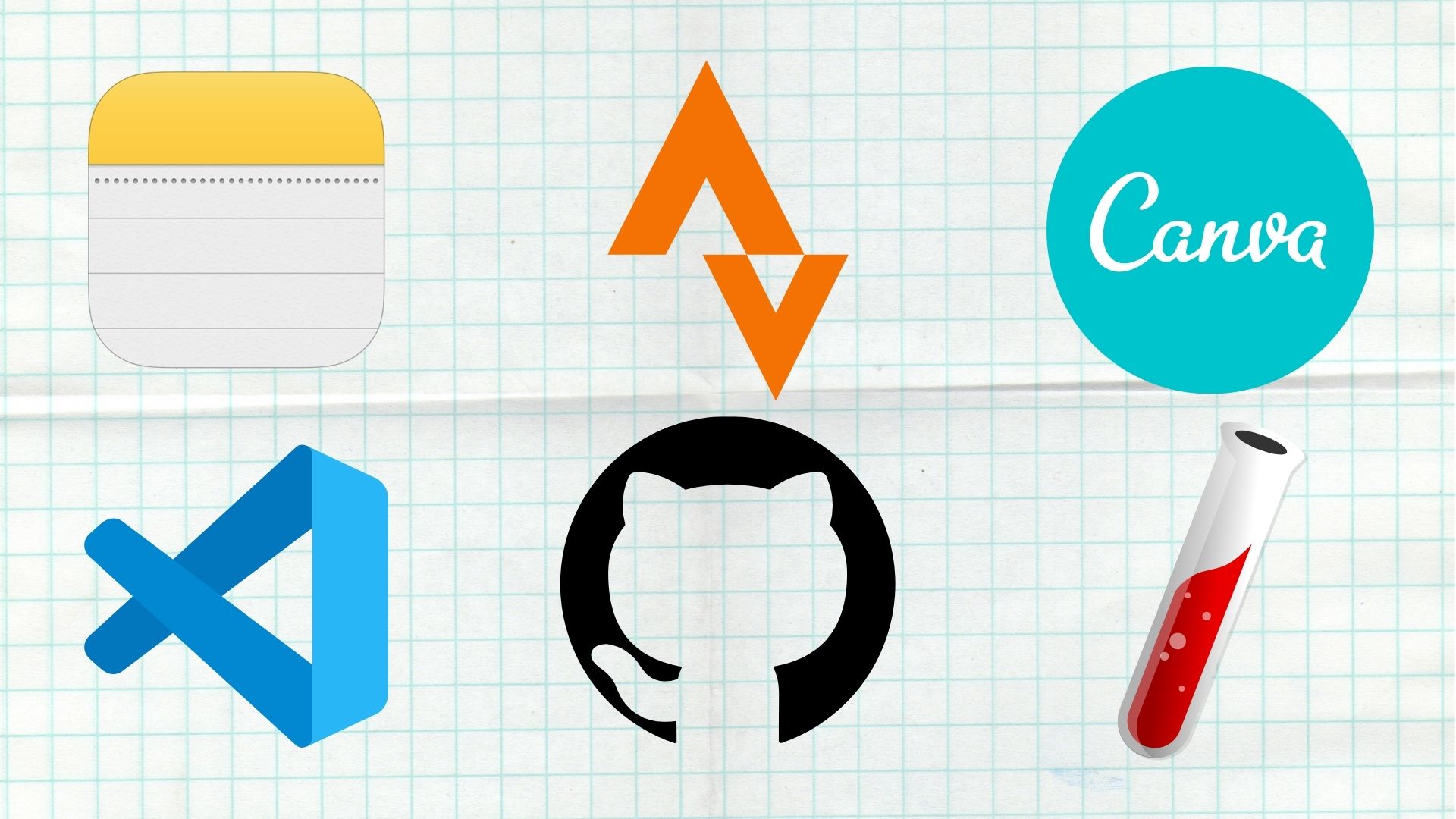The Inside Story of This Blog

I have toyed with the idea of creating a personal blog for years, but never found the motivation to make it happen. There was always a nagging concern - my life just wasn’t extravagantly interesting. What would I even write about?
Tour de Cure answered that question for me. It lit a fire inside me and quite suddenly I was ablaze with inspiration to document my journey and hopefully tell a good story.
Why the Blog?
Three main reasons:
-
I love learning and one of the best ways to learn is to document my new discoveries and share this with others. TDC is one big, extended learning experience. I have started, and will continue, to learn more about bike components, bike maintenance, road cycling, and peloton riding. My goal is to capture the perspective of a complete road cycling beginner, both for my own development, and potentially for the benefit of others who are also interested in starting their own cycling journeys.
-
The blog keeps my family, friends and colleagues up-to-date on my latest progress.
-
I hope this blog will eventually become a source of donation revenue, or at least empower my sponsors to stay engaged in my TDC journey after they have made a donation.
How I Built the Blog
My process for building this blog from scratch:
-
I started by brainstorming ideas for possible blog posts, to ensure I had enough material to write about, before investing the time to build the actual website.
-
I researched various blogging frameworks, and decided to use Jekyll, due to its simplicity, extensibility and comprehensive documentation.
-
Referencing the documentation, I installed Jekyll, created a new template Jekyll site, built the site, then served it on a local server to preview the results. This was all done via the terminal with no coding required.
-
I created a GitHub repository and pushed my source files. GitHub Pages - which provides free hosting - is integrated with Jekyll, so the site was automatically built and the blog was immediately published on the internet.
-
I drafted, edited and published my first blog post.
-
Acting on feedback that the site could be more visual, I organised a mini photo shoot in the gardens outside my apartment with my bike and new training kit, then uploaded more photos and graphics to the site.
-
I tweaked and polished the site by editing the About page, inserting donation banners, and adding a favicon (that’s the small icon on the browser tab).
Tools I Use
The key software tools I use to build the blog:
-
Jekyll: This site is created using Jekyll, a static site generator which takes content written in a markup language (Markdown or HTML) and transforms it into a static website ready for deployment. I had never used Jekyll before, but chose it because it seemed simpler and less bloated than other content management systems such as WordPress. There is no need to mess with databases, since each post is converted to static HTML prior to publishing (also great for loading speeds). Jekyll is written in Ruby, and while I haven’t touched a single line of Ruby code in my life, I had no issues with setting the blog up (or none that couldn’t be resolved by a quick google, anyway). No coding is needed whatsoever if all you’re after is a simple, minimal theme.
-
Canva Pro: A web application I use to edit images, create infographics and design banners. Every visual you see on this blog is an output from Canva. In addition to a truly enormous range of fonts, graphics, backgrounds, and design inspiration, Canva offers hands-down the best background-remover for images I have ever used.
-
GitHub Pages: Provides free hosting on the
github.iodomain. Jekyll has built-in support for GitHub Pages so the two work seamlessly together. Every time I push my code or content changes to my GitHub repository, the Jekyll site is automatically generated, updating the blog immediately. -
Notes: For brainstorming, I use Apple’s default Notes app as well as a physical notebook. I like to dump all my ideas onto a page before attempting to distill them into coherent sentences. For designing visuals for the blog, I like to sketch out my ideas using pen and paper before producing them in Canva.
-
Strava: Mobile app to track all my rides. Strava conveniently generates embed codes for each activity, which I can paste into the Markdown file of a post to create an interactive ride summary tile.
-
VS Code: Code editor to edit source files for this blog.
How Long Did it Take?
The short answer is: a lot less time than I would have expected. In the past two years I have done many personal projects developing web applications, so it helped that I was already familiar with the language of the web, source code control with GitHub, and navigating my way around a terminal. Having said that, Jekyll and GitHub Pages really do make it easy to set up a blog.
The initial research, Jekyll installation, build of the Jekyll template site, and GitHub Pages set-up took around four hours. Writing my first couple of posts and polishing the site took longer, perhaps a week and a half worth of after-work hours in total. The synergy between writing and visual design made the whole process incredibly fun.
Resources
Finally, if you are keen to learn more about Jekyll or GitHub Pages, or are thinking of starting your own blog, I recommend the following resources:
- Jekyll documentation
- Setting up GitHub Pages with Jekyll
- Markdown syntax (Basic and Extended)
